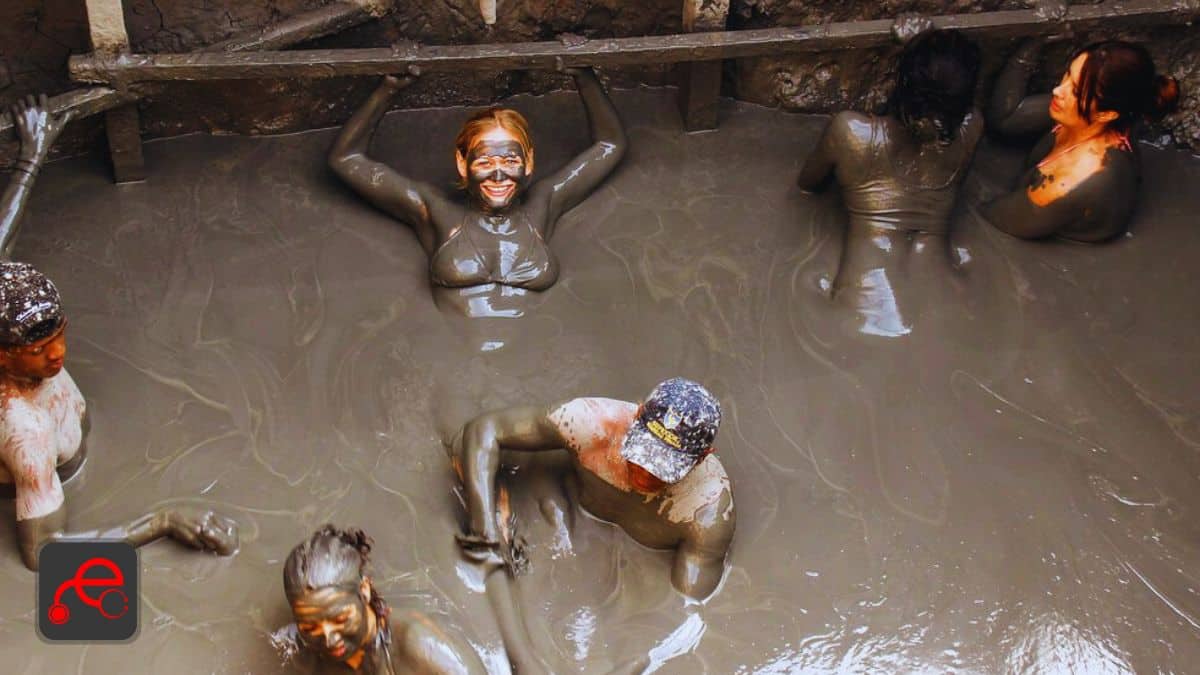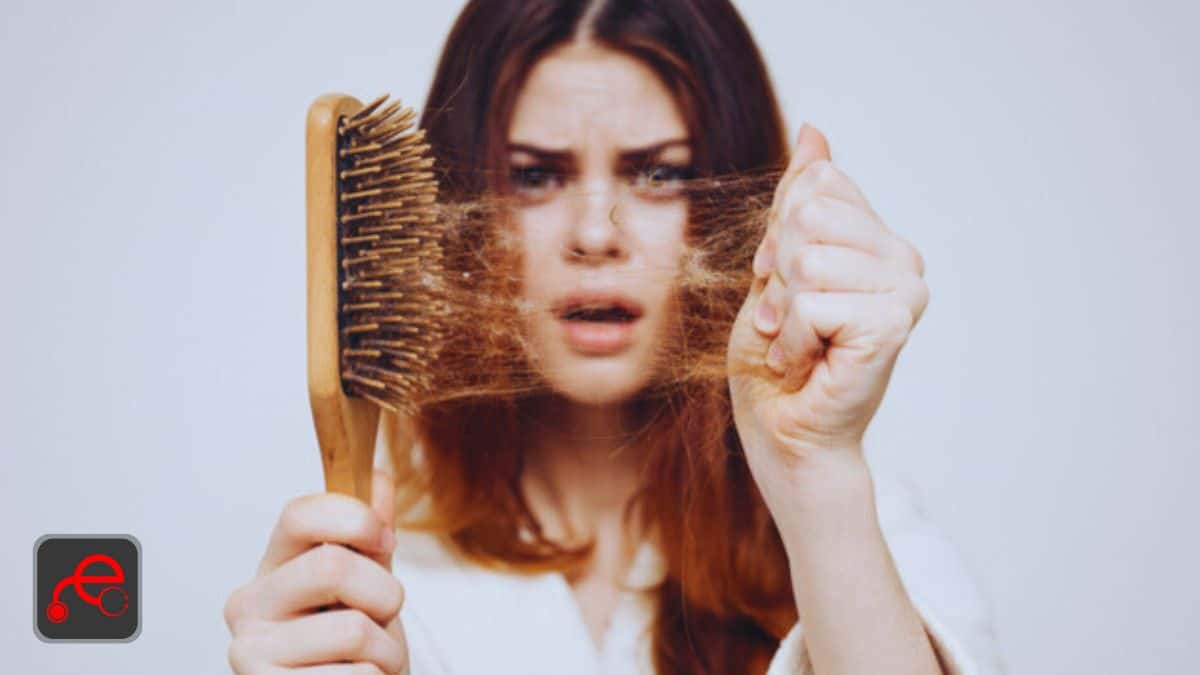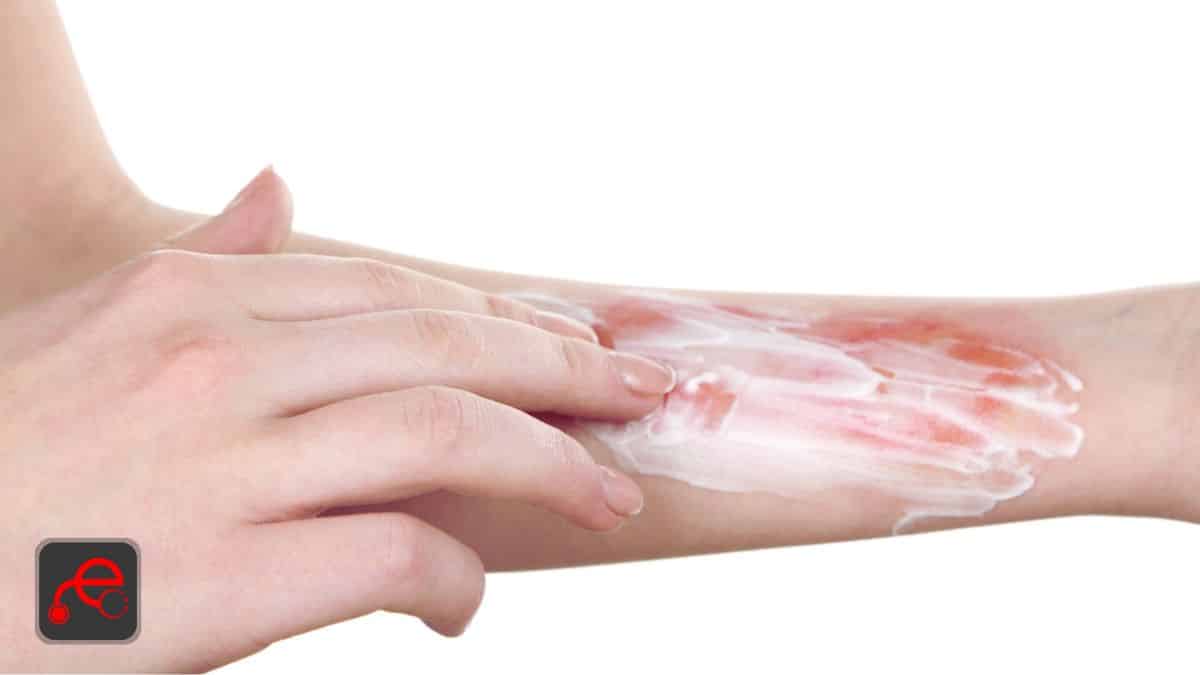Nature’s Spa: Surprising Health Benefits of Mud Bath

What is Mud Bath?
Mud bath is a type of therapeutic bath that involves soaking in water mixed with mud, typically made from mineral-rich soil or clay. The mud is believed to have therapeutic properties, and people take mud baths for a variety of reasons, including to improve skin health, relieve muscle pain, detoxify the body, and reduce stress. Here we discus about benefits of mud bath.
Mud baths have been used for thousands of years for their therapeutic benefits, and are still popular today, especially in spa and wellness settings. During a mud bath, the body is covered in warm, wet mud, and the mud is left on for a period of time to allow the minerals and other beneficial substances to be absorbed through the skin. After the mud has been washed off, the skin is said to feel smoother and softer, and many people report a sense of relaxation and stress relief after a mud bath.
Is Mud Actually Therapeutic?
Yes, mud has been considered therapeutic for many centuries, and there is some evidence to support the use of mud for therapeutic purposes.
Mud contains minerals and other substances that can have a therapeutic effect on the skin and body. For example, mud rich in iron and magnesium can help to detoxify the body and improve circulation, while mud containing silica can help to improve skin health.
Additionally, soaking in mud can have a relaxing and stress-relieving effect, which can improve overall health and well-being. Some studies have found that mud therapy can help to relieve muscle pain, joint stiffness, and other conditions, although more research is needed to fully understand the therapeutic benefits of mud.
It’s important to notice that not all mud is the same, and the therapeutic effects of mud can vary depending on the type of mud used and the minerals it contains. It’s always a good idea to talk to a doctor before using mud for therapeutic purposes, especially if you have a medical condition or are taking any medications.
Benefits of Mud Baths
The therapeutic benefits of mud baths can vary depending on the type of mud used and the individual and more research are needed to fully understand the benefits of mud therapy. Additionally, mud baths should be avoided by people with certain medical conditions, such as skin conditions or heart problems, and it’s always a good idea to talk to a doctor before trying a mud bath.
Improved Skin Health
The minerals and other substances found in mud, such as silica, magnesium, and iron, can help to nourish and detoxify the skin. This can lead to improved skin health, with some people reporting smoother, softer skin after a mud bath. In addition, the warm temperature of the mud can help to open pores and improve skin hydration, which can further improve skin health. Some people also report that mud baths can help to reduce the appearance of wrinkles and improve the overall texture and tone of the skin.

Relief of Muscle Pain
Soaking in warm mud can help to relax muscles and relieve pain and stiffness, particularly in areas such as the back, neck, and joints. The warmth of the mud can help to increase blood flow to the affected area, which can help to reduce pain and promote healing. Some studies have found that mud therapy can be effective for conditions such as arthritis, fibromyalgia, and chronic pain, although more research is needed to fully understand the therapeutic effects of mud.
Stress Relief
The warm temperature of the mud and the sensation of being fully immersed in it can help to induce a state of relaxation and reduce stress levels. This can help to improve overall health and well-being, as chronic stress has been linked to a range of health problems, including heart disease, anxiety, and depression.
Detoxification
The minerals and other substances in mud can help to remove toxins from the body, which can improve overall health and well-being. The warm temperature of the mud can help to increase sweating, which can further enhance the detoxification process. Some people also report that mud baths can help to boost the immune system and improve energy levels.
Improved Circulation
The warm temperature of the mud and the pressure from the mud on the skin can help to improve blood flow and circulation. Improved circulation can help to improve overall health and well-being, and can also help to reduce the risk of conditions such as heart disease and stroke.
Is Mud Bath Hygienic?
The hygienic nature of mud baths is a topic of debate and concern for some people.
On one hand, mud can contain bacteria, fungi, and other microorganisms, and if not properly prepared or stored, mud used for mud baths could potentially contain harmful pathogens. Additionally, the warm and moist environment of a mud bath can create an ideal environment for the growth of bacteria and other microorganisms.
On the other hand, many spas and mud bath facilities use high-quality mud that is carefully sourced and prepared to ensure it is safe and hygienic for use. They may also implement strict hygiene protocols, such as regularly cleaning and disinfecting the mud bath area, to minimize the risk of infection.
It’s always a good idea to check the reputation and hygiene standards of any spa or mud bath facility before using their services and to talk to a doctor if you have any concerns about the safety of mud baths. Additionally, people with compromised immune systems or certain medical conditions may need to avoid mud baths altogether, so it’s always best to consult with a doctor before trying a mud bath.
Safety of Mud Bath
Mud baths can also pose some health risks if not taken with caution. it’s important to take the necessary precautions to minimize the risk of health problems.
Here are some important safety considerations to keep in mind when taking a mud bath:
Consult with an Expert
Before trying a mud bath, it’s important to consult with a doctor, especially if you have any pre-existing medical conditions. People with skin conditions, heart problems, or compromised immune systems may need to avoid mud baths.
Choose a Reputable Mud Bath Facility
Make sure the mud used for the bath is high-quality and sourced from a reputable supplier. Avoid mud that appears dirty, has an unpleasant odor, or has foreign particles floating in it. Also, check the reputation and hygiene standards of the mud bath facility to ensure that the mud bath area is cleaned and disinfected regularly.
Monitor the Temperature
The mud should be warm, not hot. Extremely hot mud can cause burns or other skin damage, while mud that is too cold can be uncomfortable and ineffective.
Don’t stay in too long
A mud bath should typically not last longer than 15-20 minutes. Prolonged exposure to mud can dry out the skin and cause discomfort.
Stay Hydrated
Drinking plenty of water before, during, and after a mud bath can help to prevent dehydration.
Thoroughly Rinse Off After
After a mud bath, it’s important to thoroughly rinse off any remaining mud and minerals from the skin to prevent skin irritation and infection.
Use caution with open wounds
If you have any open cuts or wounds, it’s best to avoid mud baths or cover the area with a waterproof bandage to prevent infection.
Conclusion
In conclusion, mud baths can offer several potential benefits. However, it’s important to take the necessary precautions to ensure the safety of mud baths. Choose a reputable mud bath facility, monitor the temperature of the mud, don’t stay in too long, stay hydrated, thoroughly rinse off after the mud bath, and use caution with open wounds. By following these safety considerations, you can enjoy the therapeutic benefits of mud baths while minimizing the risk of health problems.
FAQs
Q: What is a mud bath?
A: A mud baths is a type of spa treatment where the body is covered in mud, usually composed of minerals and therapeutic elements, and then rinsed off after a certain amount of time.
Q: What are the health benefits of taking a mud bath?
A: Mud baths are believed to have several health benefits, including: improved circulation, detoxification of the skin, relief from muscle aches and pains, reduction of stress and tension, and stimulation of the immune system.
Q: Is a mud bath safe for everyone?
A: No, mud baths are not suitable for everyone. People with certain medical conditions, such as heart disease, kidney disease, or skin conditions, should not take mud baths. It’s always best to consult with a doctor before trying any new spa treatment.
Q: How long do you typically spend in a mud bath?
A: Most mud bath treatments last for 15-20 minutes, but the exact length of time can vary depending on the specific spa and the type of mud used.
Q: What are some common minerals found in mud used for mud baths?
A: Common minerals found in mud used for mud baths include magnesium, calcium, and sulfur. These minerals are believed to have therapeutic properties that can benefit the skin and overall health.
Q: Can you take a mud bath at home?
A: Yes, it is possible to take a mud bath at home, but it’s important to use mud that is specifically intended for this purpose and to follow proper safety precautions. It’s always best to consult with a doctor or professional before trying any new spa treatment at home.

